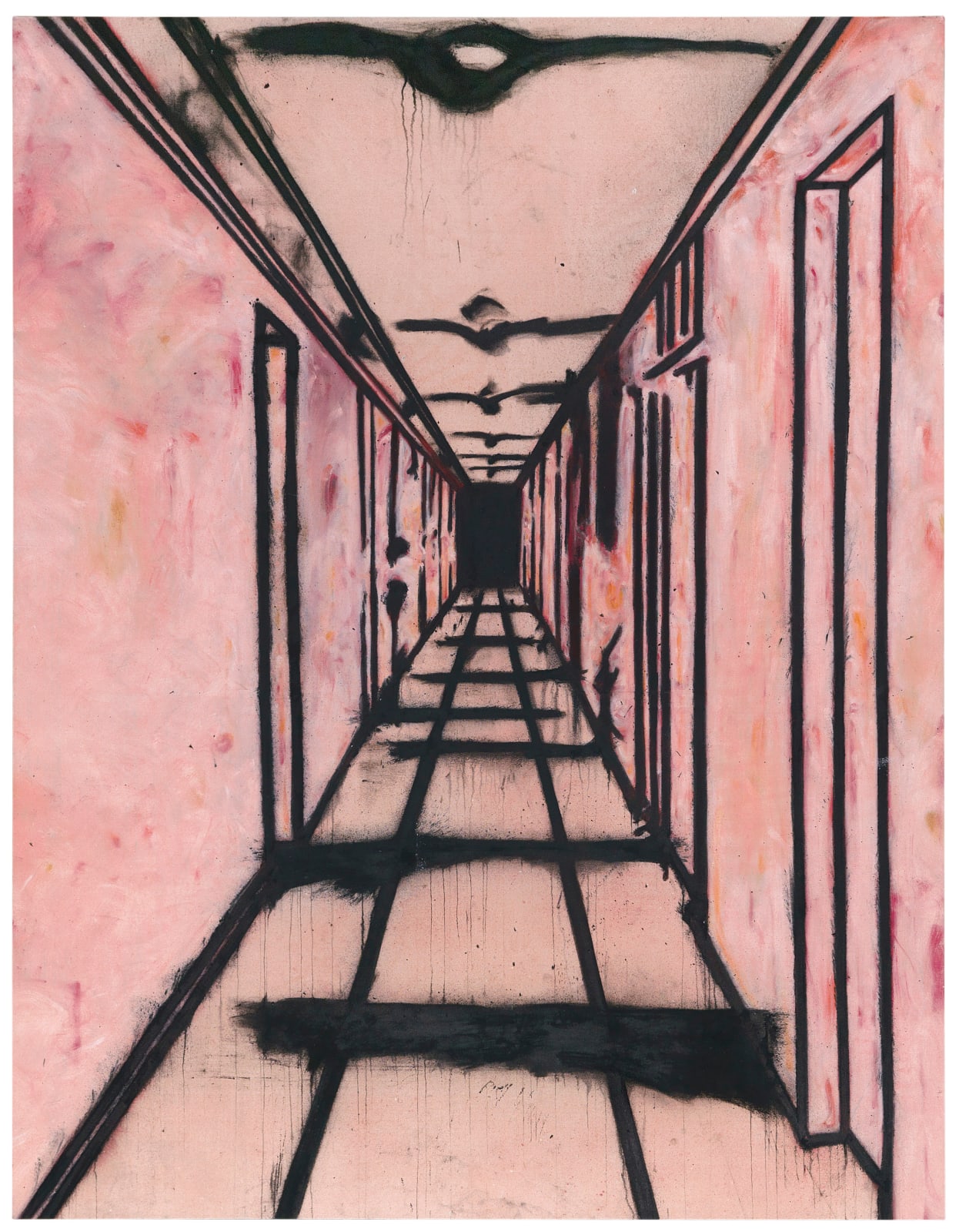
Tony Bevan British, b. 1951
Corridor (PC9710), 1997
Acrylic and charcoal on canvas
268.5 x 208.3 cm; (105 3/4 x 82 1/8 in.)
Copyright The Artist